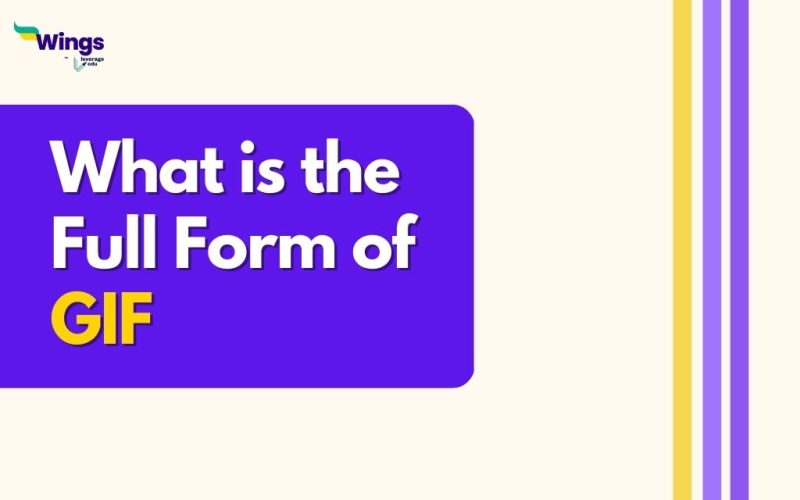The full form of GIF is Graphics Interchange Format. The GIF format was developed by a team at the internet services provider CompuServe under the direction of American computer scientist Steve Wilhite and launched on June 15, 1987. A GIF is an animated image made up of a number of bitmap files. It is an eight-bit format with 256 possible colour combinations. GIFs are of two types: 87a and 89a.
Table of Contents
Also Read: Animation Courses after 12th
History of GIF
On June 15, 1987, CompuServe introduced GIF to replace the antiquated black and white RLE (Run-Length Encoding) standard and add colour image support to their file download zone. The initial version of GIF was called 87a. CompuServe 89a, an improved version, was released in 1989. This version stored considerable metadata for each programme and had transparent backdrop colours for animation delays.
Also Read: Graphic Design Courses
Usage of GIF
- GIFs work well for line art with crisp edges and few colours, like logos.
- It favours flat patches of uniform colour with sharp edges and uses the LZW approach for data compression, so there is no concern about data loss.
- It is appropriate for usage in brief animations, games, and low-resolution movie clips.
- It can be used to merge GIF files with website backdrop colours because it supports translucent backgrounds.
FAQ
The full form of GIF in WhatsApp is also Graphics Interchange Format.
GIFs, popular for memes, are web-friendly images that can also be simple animations.
GIF stands for Graphics Interchange Format, a common web image type that can even be animated. TIFF, short for Tagged Image File Format, is another image format favoured for its high quality, often used in photography.
This was all about GIF full form. Visit the General Knowledge page to discover more intriguing articles about full forms. Get in touch with the experts at Leverage Edu in order to kickstart your study abroad journey.
 One app for all your study abroad needs
One app for all your study abroad needs













